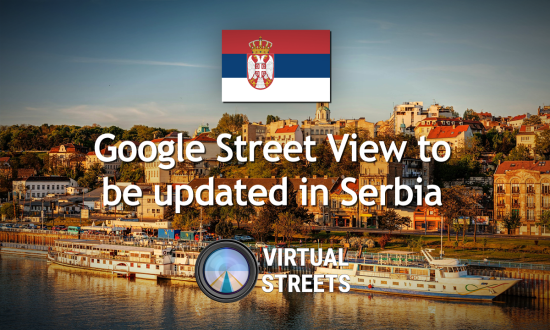
After a lot of anticipation, it is official: Google has started driving in 🇷🇸 Serbia for the first time in a decade! On the 5th of September, the Google Street View truck was spotted in Kraljevo, a small town situated in central Serbia. Google first announced their intent to update Serbia in July, which was followed by some driver job listings and several unconfirmed sightings in Belgrade.
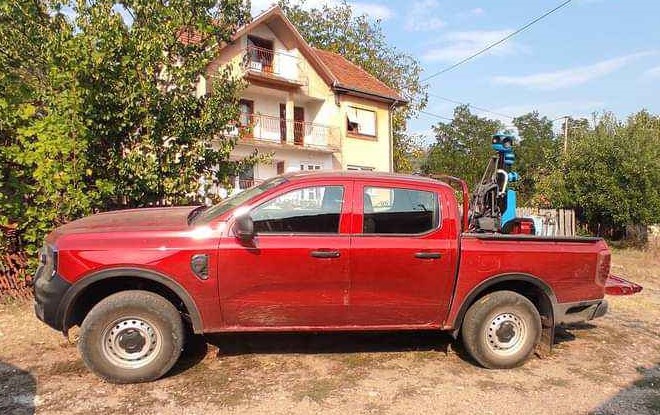
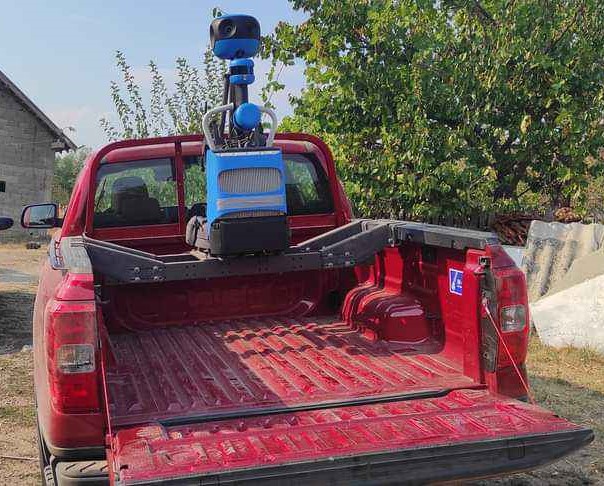
How extensive will the coverage be?
In a press release from July, Google announced they will be covering Belgrade, southern Bačka, Nišava, Raški, Sremski, Šumadija, and many other districts. It is expected that the coverage will be denser than at present.
Another Trekker Country
For mostly unknown reasons, Google has opted to update Serbia using a trekker setup. This differs from Bosnia, which received Google Street View cars from the Netherlands. Adding to the confusion, Apple Maps has been driving in Serbia with regular cars, registered in Germany. The likely explanation is that Serbian laws don’t allow for local drivers to drive with foreign license plates, and Google couldn’t bring foreign cars for this reason, as they are using local drivers, while Apple prioritizes using regular cars instead. Another reason is that Google has been cutting costs, as trekkers are cheaper to ship around. Google has been expanding to many new countries recently (such as Namibia, Oman and Costa Rica), which would explain a lack of resources.
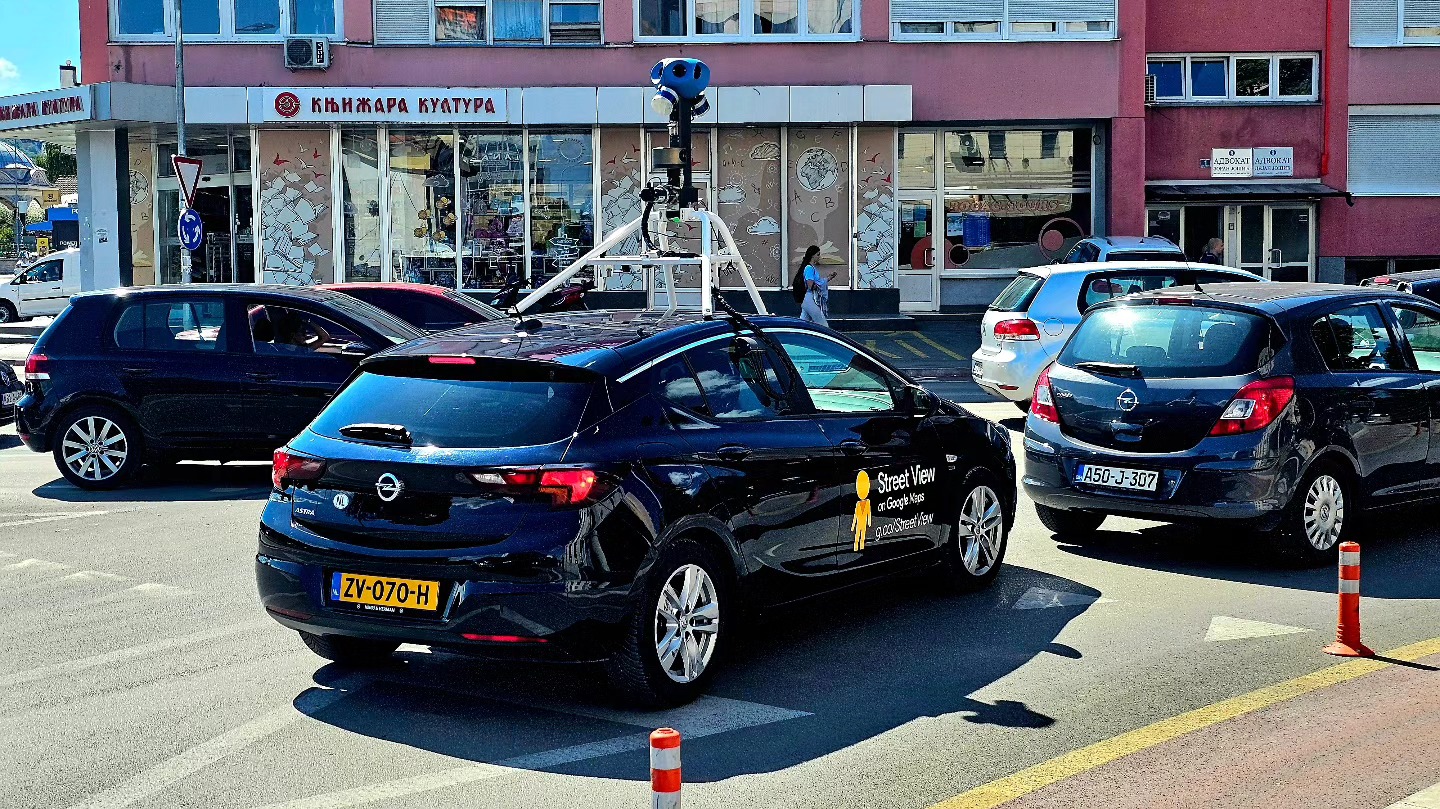
It is also unknown why Google didn’t use its new portable camera, colloquially known as Smallcam. It is being extensively used throughout Europe and is logistically easier to transport. A possible explanation is that it’s still in testing, as it’s still unpublished or a shortage of cameras, which would also explain why Iceland and the Faroe Islands were covered with trekker pick-ups instead.
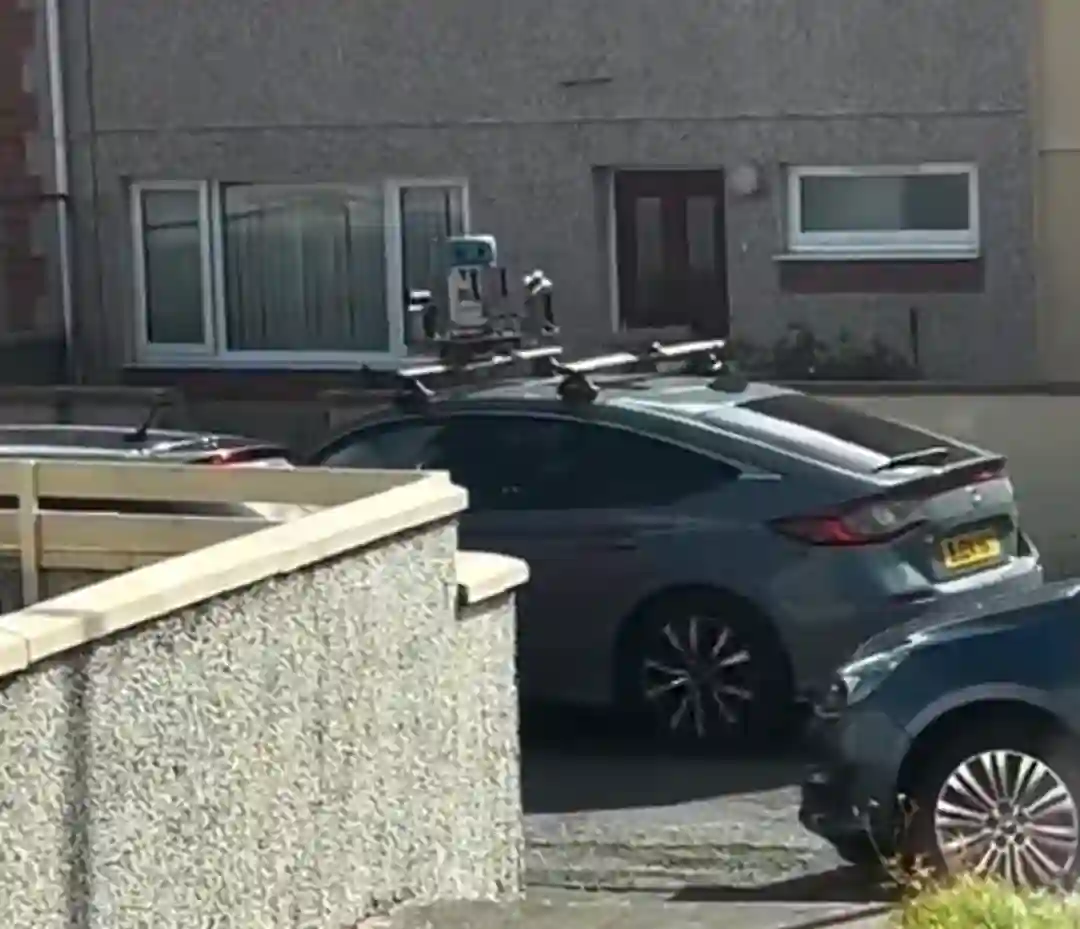
What implications does this have for the Western Balkans, and Europe as a whole?
The Western Balkans are a region that has long been neglected in terms of Google Street View coverage. Whilst most other European countries have been updated with Gen 4 (H1) cameras, the Balkans have been stuck in Gen 3 (R7). It is evident, however, that Google has renewed interest in the region. The most obvious sign is Bosnia, which is currently being covered and is expected to receive extensive coverage. Furthermore, Google has been hiring drivers in Albania, which hasn’t been updated since 2016.
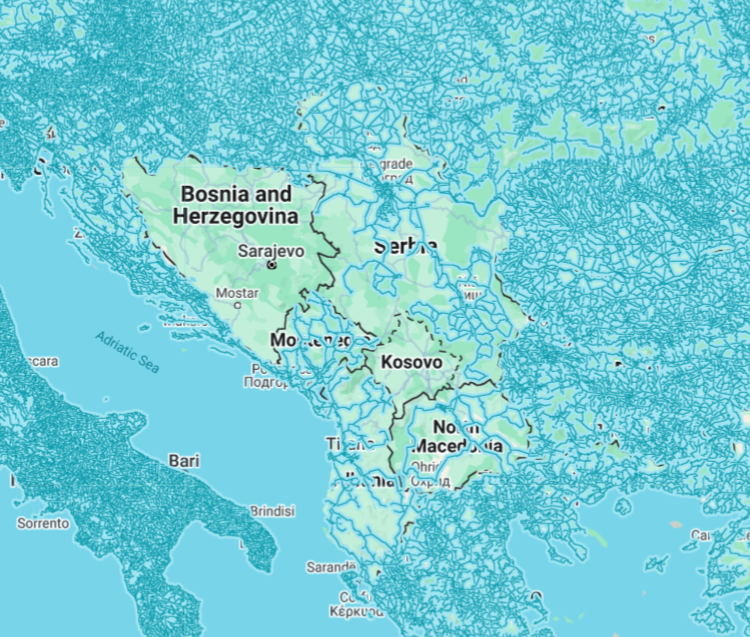
We can expect Serbia to be covered more densely in the near future alongside Bosnia.
What can we expect in the future?
It is presumed that this coverage will be released at some point next year. Overall, the Western Balkans region will receive a massive overhaul in the next couple of years and get coverage more comparable to the rest of Europe.
